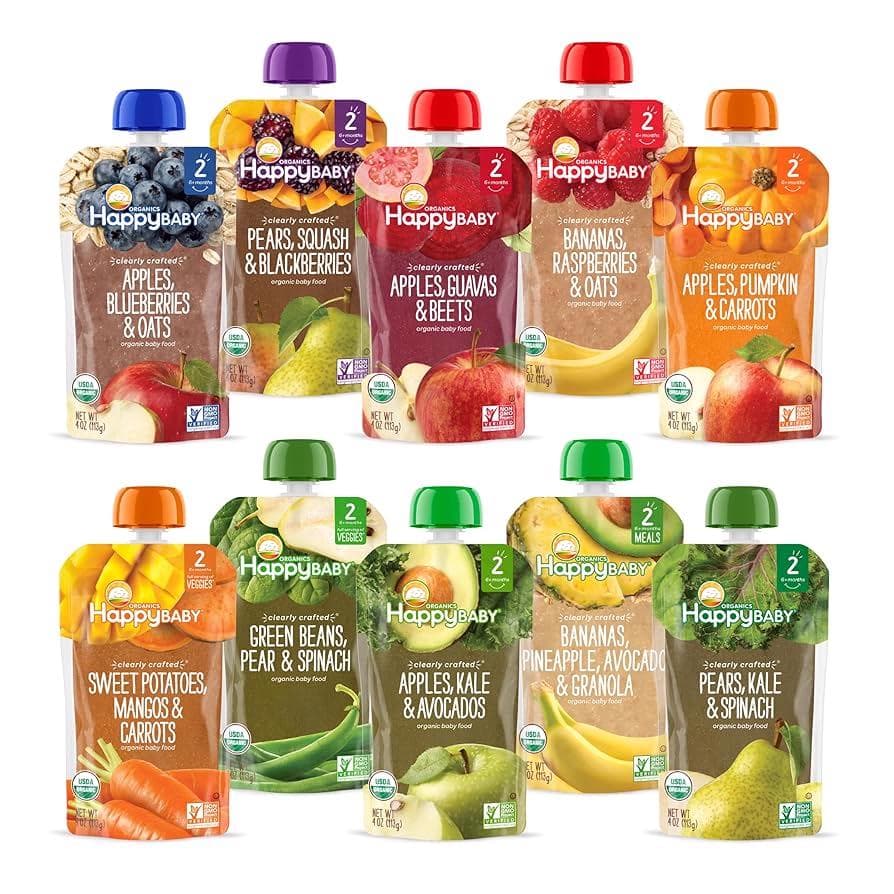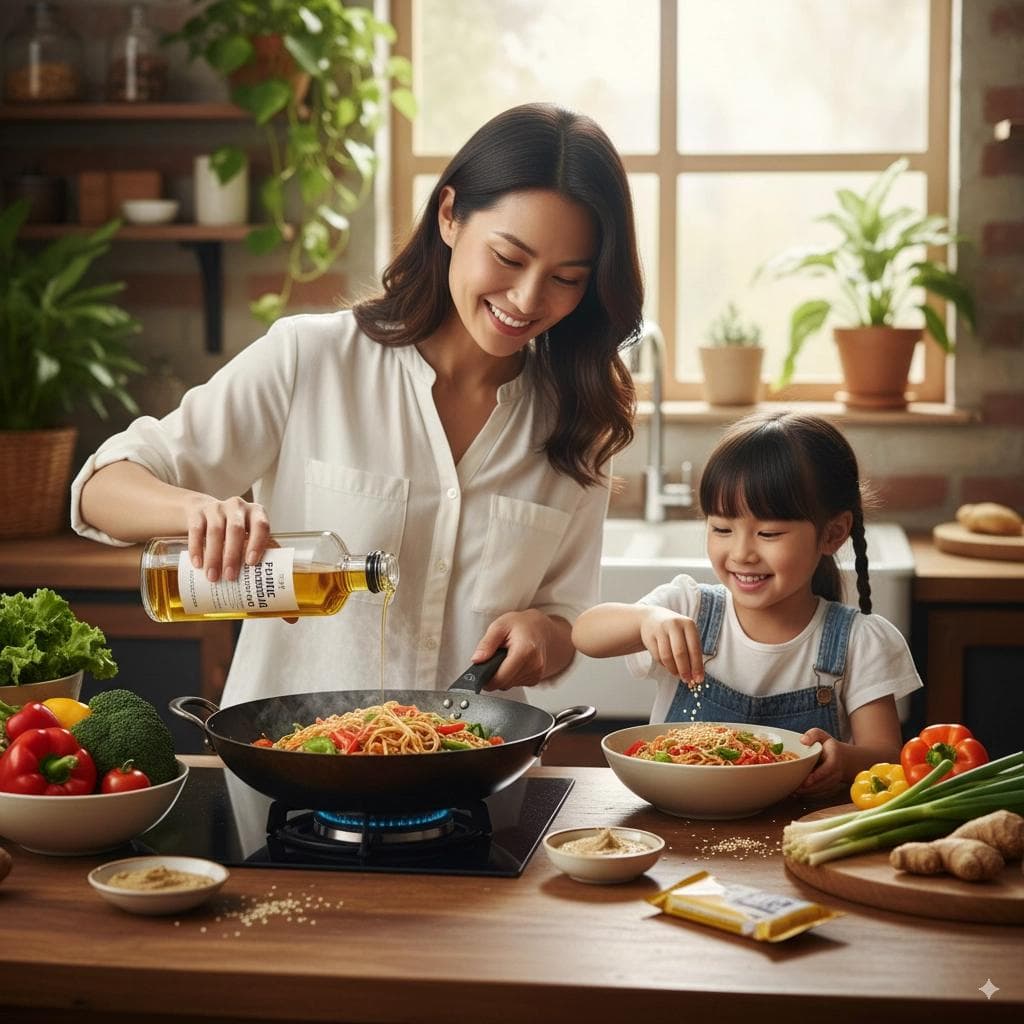

Introducing solid foods to your baby can be both exciting and daunting. Among the many snack options available, baby puffs are one of the most popular choices for parents seeking something both convenient and (hopefully) healthy. These dissolvable baby snacks are designed to be safe, fun, and easy for little ones to self-feed while exploring new flavors and textures.
But not all baby puffs are created equal. In fact, independent lab testing data from Olive has shown that some puffs contain concerning levels of heavy metals—while others are much safer. In this guide, we’ll explore what baby puffs are, when to introduce them, how to choose the healthiest options, and which brands performed better or worse in recent tests.
Baby puffs are small, air-filled snacks made specifically for infants and toddlers. They’re often made from grains like rice, oats, or multi-grain blends, though some newer brands are grain-free. Their main design feature is that they dissolve quickly in the mouth, making them safer for babies to eat while practicing self-feeding.
The primary purpose of puffs is to provide:
They’re not meant to replace meals but can be a helpful, confidence-building finger food.
Many baby puffs are fortified with vitamins and minerals, especially iron, which is crucial for brain development. The healthiest puffs are those with:
However, one often-overlooked concern is heavy metals in grains. Rice and other grains can naturally absorb arsenic, cadmium, and lead from soil and water. Olive’s independent lab testing has confirmed that some popular puff brands carry higher levels of these contaminants—making brand choice a major factor in whether baby puffs are a safe snack.
Most babies are ready for puffs around 6–8 months of age, once they:
Always supervise snack time, as every baby develops at a different pace.
Made from grains grown without synthetic pesticides, these are often the default choice for health-conscious parents. Brands like Once Upon a Farm offer organic fruit-and-veggie puffs that Olive testing found to be among the cleanest options, with very low heavy metal levels.
Brands such as Serenity Kids produce grain-free puffs (often using cassava or root vegetables). Olive testing showed that their Broccoli & Spinach and Pumpkin & Cinnamon puffs had some of the lowest heavy metal levels, making them strong options.
Rice cereal and rice-based puffs are common starter snacks. However, rice is more prone to absorb arsenic from soil. Olive’s lab results flagged certain Yumi Organic Rice-Free Puffs (apple & broccoli, berry & sweet pea, strawberry basil) for having concerning lead levels, raising red flags for parents who assumed “organic” always equals safe.
For older babies and toddlers, larger puffs with more complex flavors are available. While texture and flavor may suit growing palates, the same safety considerations (ingredients + heavy metals) apply.
When evaluating puffs:
Check ingredients – Whole grains or veggie bases, minimal additives.
Look for fortification – Especially iron.
Watch allergen info – Many puffs are gluten-free, but always confirm.
Think beyond the label – “Organic” doesn’t guarantee low heavy metals.
Scan with Olive – Olive’s lab testing database gives real-time, independent data on arsenic, lead, cadmium, and mercury levels in baby foods and snacks.

Better options (low heavy metals):
Concerning options (higher heavy metals):
Baby puffs can be a safe, fun, and developmental snack for little ones—but only if you choose the right brand. While labels may highlight “organic” or “fortified,” they often don’t tell the full story about hidden contaminants like arsenic or lead.
That’s where Olive comes in. Olive independently lab-tests baby foods and snacks—including puffs—so you can scan your product’s barcode and instantly know if it’s safe or not safe.
👉 Download Olive today and scan your family’s favorite puffs before buying—because peace of mind is worth more than marketing claims.
Instant Barcode Scane
Allergen Detection
Clear Ingredient Insights
Get Personalized Suggestions

Discover everything you need to know about Happy Baby Pouches: A Parent's Guide to ensuring safe and nutritious choices amidst heavy metals concerns.
Sep 25, 2025
Is sesame oil a seed oil? Yes — but not all seed oils are harmful. Learn why sesame oil is different from the “Hateful Eight” and discover the best sesame oil substitutes like oliv...
Sep 25, 2025Always.
We never monetize through brand deals, affiliate links, or ads — so you can trust our recommendations are always aligned with our users.
Effortless food scanning
Peace of mind for parents
Healthy product recommendations